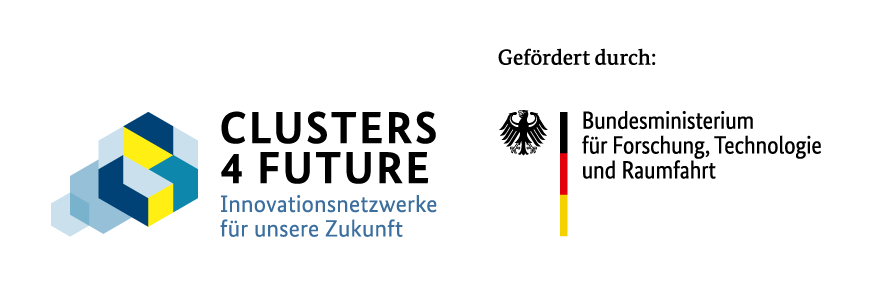With the help of experiments and real-world laboratories, we have developed sustainable mobility solutions and promoted the mobility transition in urban areas. Our studies show how mobility experiments contribute to resilience in times of crisis. Together with citizens, we developed visions for the future and devised strategies for corporate mobility management. Through participatory formats - such as surveys and workshops - and close cooperation with research, city administrations and companies, we generated practical findings and concrete recommendations for sustainable mobility strategies.
We took a multidisciplinary approach and used experiments and real-world laboratories as key tools. With the help of participatory methods - such as citizen surveys, focus groups and future workshops - we developed alternative mobility scenarios. In close cooperation with companies and municipal administrations, we realized innovation processes in mini-experiments and developed a system architecture for sustainable mobility solutions.
Our aim was to promote sustainable mobility experiments, develop resilient and socially just solutions and drive forward the mobility transition in cities. To achieve this, we focused on experiments, citizen participation and close cooperation with companies and administrations.
Partners from science, business and the public sector brought their different perspectives together in an inter- and transdisciplinary research consortium.
No results available
Want to shape the future of mobility with us?
Then please get in touch with us.

What is MOSAIQ?
Imagine something: There is more space for people. The streets have more trees and plants. Everyone can get around better. That's how your Schwabing-West district could be in the future. How would you like your district to be? We want to talk to you about it!
The project is called MOSAIQ. MOSAIQ is a research∙project. MOSAIQ means: Mobility and urban climate in the future city∙part. The Technical University of Munich is leading the project.
What is MOSAIQ about?
MOSAIQ wants to make the streets in the city∙part more beautiful. People should feel comfortable there. There should be more space. For meetings and plants, for example. You can help decide what is tried out in the Stadt∙teil. The ideas come from you. Some ideas will be tried out on the streets for a certain period of time.
The aim of MOSAIQ is to make urban districts good places to live.
At the same time, the climate in the city should improve. And people should be able to move around the city easily.
What is happening in the district?